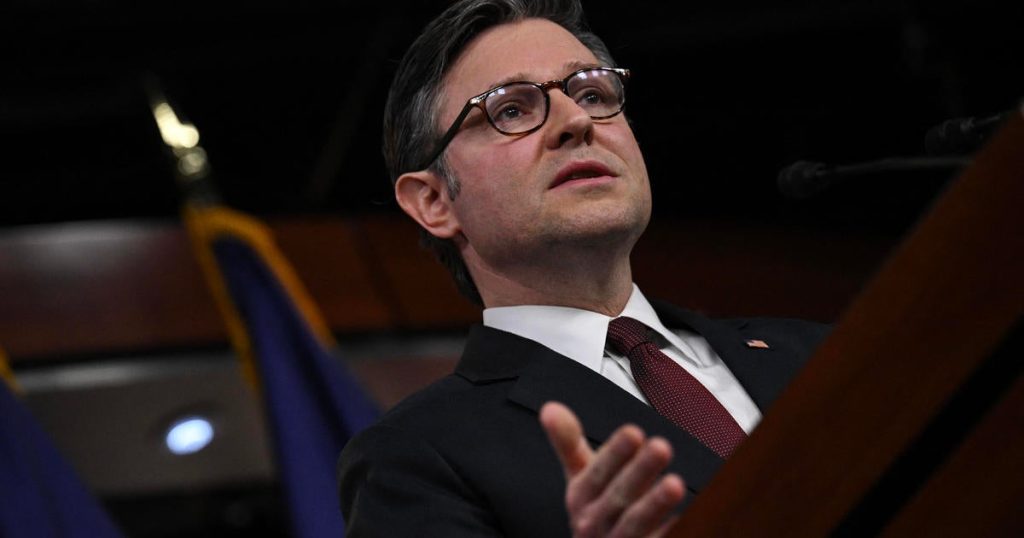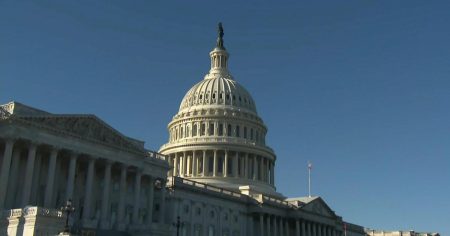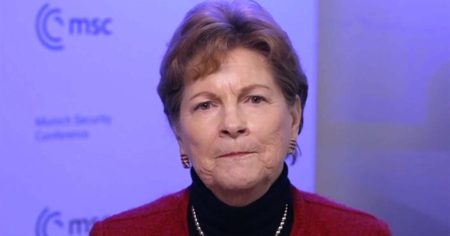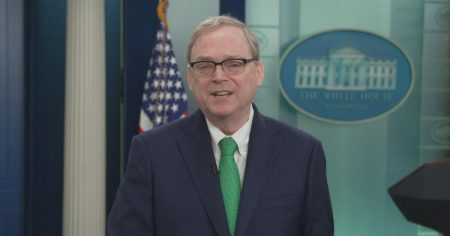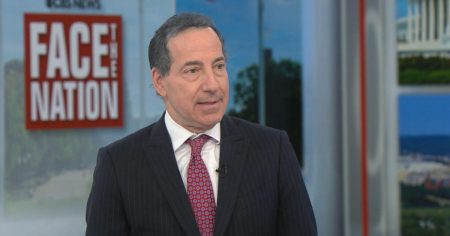House Republicans Poised to Unveil Budget Plan
Speaker Mike Johnson announced on Tuesday that House Republicans are set to roll out a detailed budget plan this week, geared towards advancing President Trump’s agenda. “We’ll be rolling out the details of that probably by tonight,” Johnson said during a news conference, emphasizing that the process remains on schedule. The budget resolution is expected to address key areas such as border security, tax cuts, domestic manufacturing, and investment in American energy, while also aiming to reduce government spending and address the debt limit. Johnson’s statement reflects the GOP’s commitment to pushing forward despite ongoing intraparty disagreements and delays.
Senate Takes the Lead Amid House Delays
In recent days, the Senate has taken the initiative to move forward with its own budget proposal, marking a shift from the initial strategy of waiting for the House to lead. Senate Budget Committee Chairman Lindsey Graham unveiled the resolution last week, which focuses on border security, defense, and energy priorities, leaving tax components for a later date. Graham’s announcement came after weeks of frustration among Senate Republicans, who had grown impatient with the stalled progress in the House. Graham emphasized the urgency of the situation, stating, "We’re running out of money," and stressing the immediate need for funds to support border security and other critical areas.
Different Approaches to Reconciliation
The differences in approach between the House and Senate have become a point of contention. Senate Republicans generally favor a two-bill strategy, citing the complexity of the tax components, while House Republicans prefer a one-bill approach to streamline the process. House Budget Committee Chairman Jodey Arrington indicated that a markup of the budget resolution is scheduled for Thursday, aligning with Johnson’s timeline. Johnson has repeatedly urged the Senate to allow the House to lead, highlighting the challenges of managing a larger and more divided conference. "I have about 170 additional personalities to deal with and he’s only got 53," Johnson said, emphasizing the logistical difficulties.
House Freedom Caucus Pushes for Stricter Cuts
The House Freedom Caucus has added another layer of complexity to the budget process by releasing its own budget resolution, advocating for a two-bill approach and calling for deeper spending cuts. Their proposal includes $200 billion for border security and defense, paired with $486 billion in spending cuts, and a significant increase in the debt ceiling by $4 trillion. This resolution reflects the hardline stance of the conservative faction, emphasizing fiscal responsibility and a more robust defense budget. The caucus’s involvement underscores the internal divisions within the Republican Party and the challenges of reaching a consensus on the budget.
Urgency and Political Pressure
The urgency of the situation is palpable, with border czar Tom Homan and Office of Management and Budget Director Russ Vought addressing the Senate GOP conference to plead for immediate funding. Graham highlighted the critical nature of the request, stating, "We’re not building a wall, folks, we’re hitting a wall. They need the money and they need it now." The political pressure is mounting, with both chambers of Congress and the administration pushing for swift action. Johnson and Graham’s public statements reflect the tension and the need for a coordinated effort to achieve the President’s priorities.
Outlook and Next Steps
The approval of a budget resolution marks the first major hurdle in the reconciliation process, and the success of this step is crucial for advancing President Trump’s agenda. House Republicans, with a razor-thin majority, face significant challenges but are committed to delivering on the campaign promises. Senate Republicans, while moving forward, remain supportive of a unified effort with the House. The coming days will be critical, with both chambers aiming to finalize their proposals and set the stage for the next phases of the legislative process. The political landscape remains dynamic, and the outcomes of these efforts will have far-reaching implications for the country’s fiscal and policy directions.





